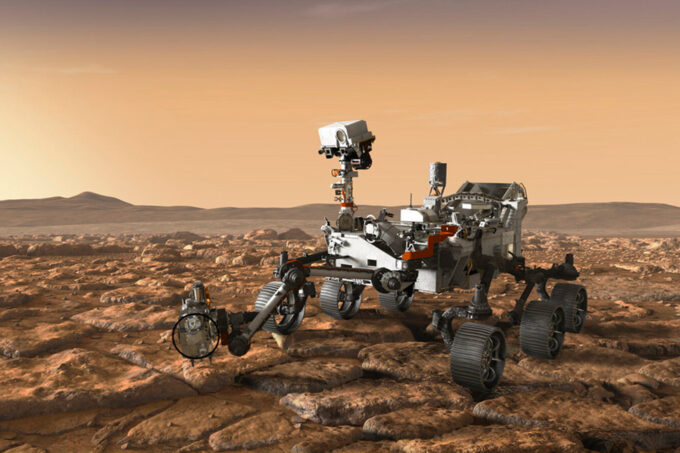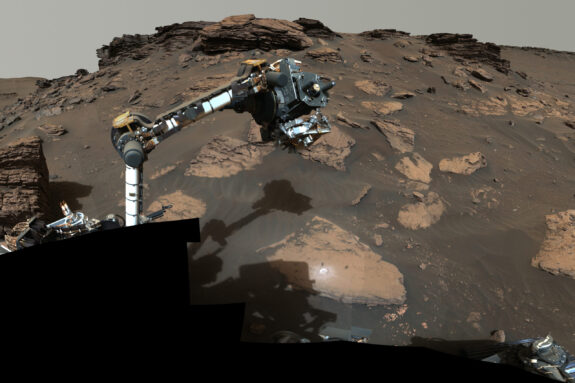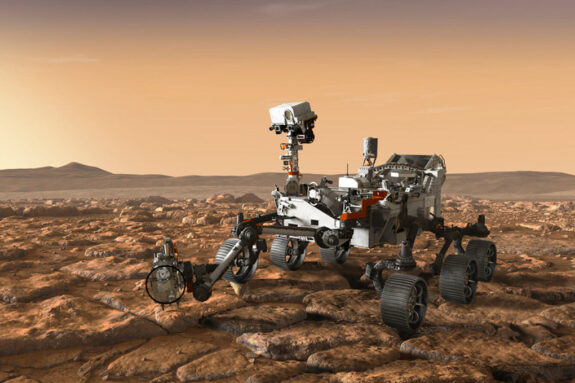PNAS Special Edition – The Scientific Value of Mars Sample Return

Image credit: NASA/JPL-Caltech
For more than three years, the Mars Perseverance rover has been busily collecting rock, regolith, and even a whiff of the atmosphere from the Martian surface—specifically, in the Jezero crater—with the plan that one day these samples will be returned to Earth. The crater, marked by lavas, ancient rocks, and sediments deposited by water, was chosen to help answer questions about the planet’s geological history, its ancient magnetism, and whether or not life has, or ever had, existed on the red planet.
As of 2024, NASA’s Mars Sample Return mission is still in the design phase and the agency won’t decide on a plan until mid-2026.
In early January, the Proceedings of the National Academy of Sciences issued a special collection of perspectives and research articles outlining the scientific justification, value, and expectations behind the anticipated mission to retrieve Perseverance’s caches — with the tantalizing prospect of becoming the first samples of another planet to ever make their way to Earth.
The PNAS special feature includes contributions from Professors Tanja Bosak and Benjamin Weiss, as well as EAPS alumni Elias Mansbach PhD ’24 and Clara Maurel PhD ’21. Bosak is co-lead of the Mars Returned Sample Science mission while Weiss serves as a co-investigator.
PNAS: The authors of this feature consider important issues about Mars and planetary science that can potentially be resolved with samples, how they will be returned and handled on Earth, why currently available Mars samples are not sufficient, what has been learned about the cached samples, specific areas of scientific research that require samples, and consideration of how samples can assist in future human exploration of Mars.
- Introduction: The scientific value of Mars Sample Return
- Perspectives on Mars Sample Return: A critical resource for planetary science and exploration
- Mars Sample Return: From collection to curation of samples from a habitable world
- Organic matter and biomarkers: Why are samples required?
- A tale of two planets: Disparate evolutionary models for Mars inferred from radiogenic isotope compositions of Martian meteorites
- The value of returning a sample of the Martian atmosphere
- Utilizing Martian samples for future planetary exploration—Characterizing hazards and resources
- Fundamental constraints and questions from the study of Martian meteorites and the need for returned samples
- Sampling Mars: Geologic context and preliminary characterization of samples collected by the NASA Mars 2020 Perseverance Rover Mission
- Constraining the history of water and climate on Mars through light element stable isotope analysis of volatiles in returned martian samples
- What we can learn about Mars from the magnetism of returned samples


